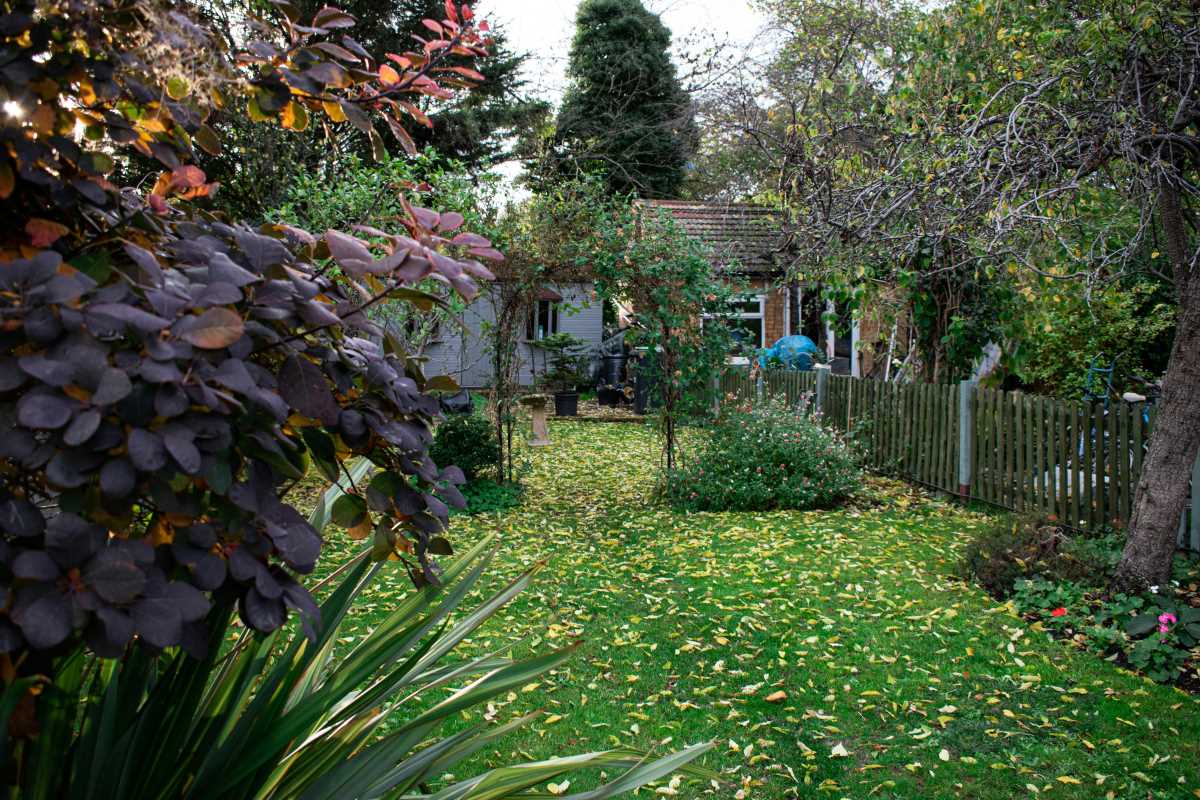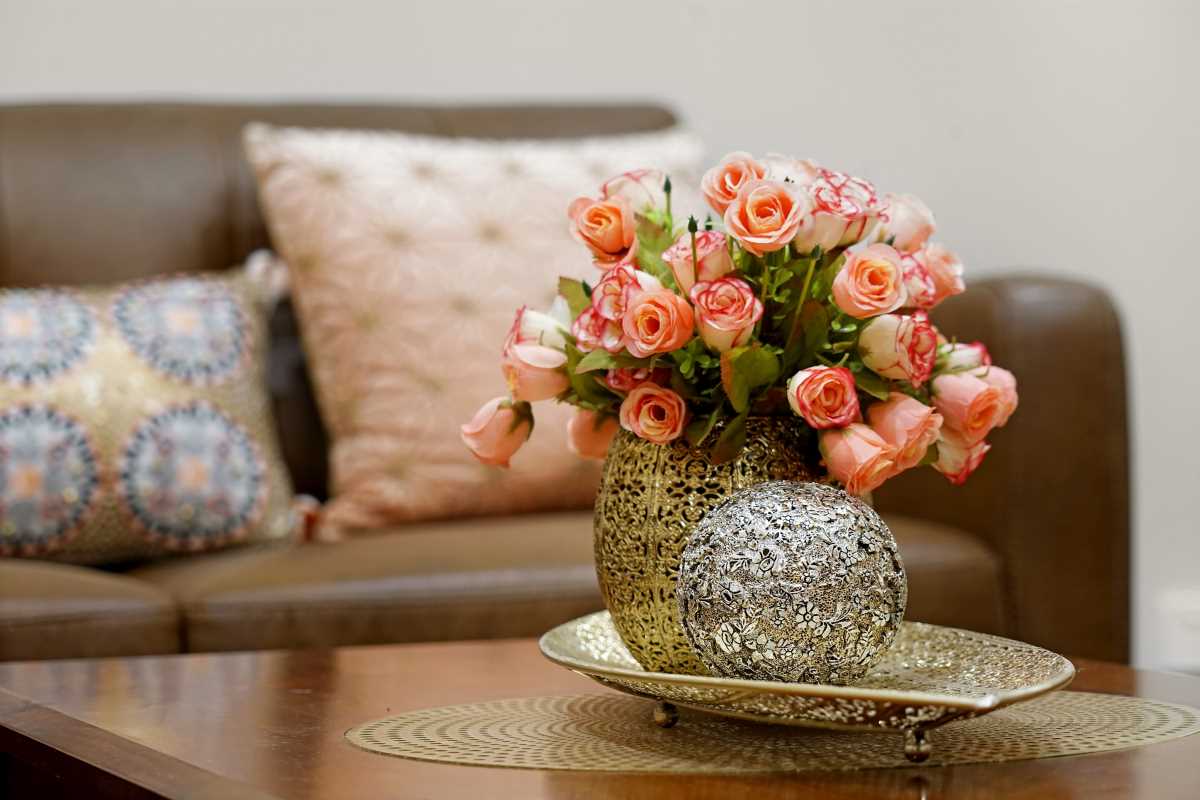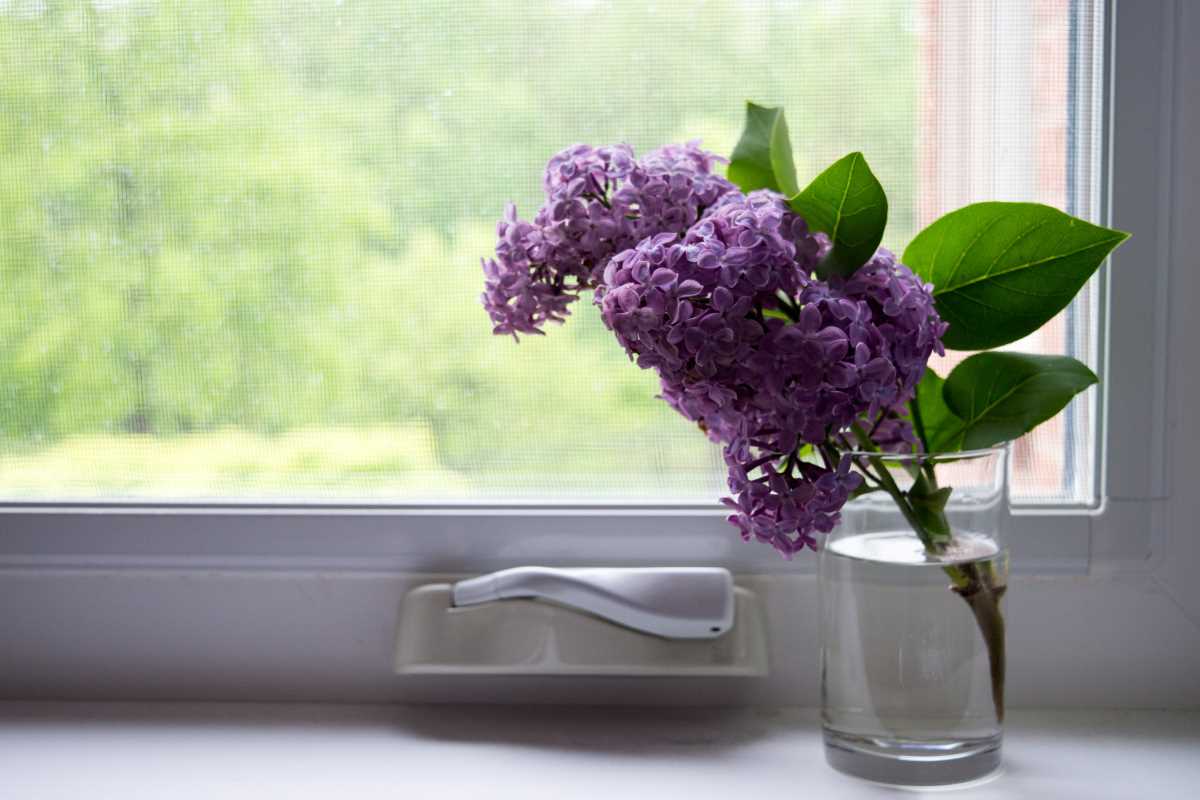Gardening with your family is a beautiful idea, a wholesome activity that promises fresh air, healthy food, and precious bonding time. But reality can often feel less like a pastoral dream and more like a comedy of errors. You're trying to nurture life, while tiny hands seem determined to de-nurture it, often by pulling up the wrong plants or watering the dog instead of the petunias. The key to maintaining both your sanity and your garden is to work smarter, not harder. You need a few tricks up your sleeve, clever shortcuts that save time, money, and frustration.
These aren't state-of-the-art, high-tech solutions. They are simple, ingenious hacks passed down through generations of gardeners who knew that the best tools are often the ones you already have. They make gardening more efficient, more fun, and far more accessible for everyone involved. From starting seeds to battling pests, these seven hacks are designed to make your family gardening adventure less about toil and trouble and more about the magic of growing things together.
Clever Starts and Spacing
The very beginning of a plant's life is often the most precarious. Tiny seeds can be washed away, planted too deep, or spaced so erratically that your garden ends up looking like it was planted during a minor earthquake. One of the best hacks for getting this right, especially with kids, is to make your own seed tape. Instead of wrestling with a tiny seed packet in the wind, you do the fussy work indoors. Simply unroll a strip of toilet paper, dot it with a non-toxic glue (like a flour-and-water paste) at the correct spacing for your chosen seeds, and let the kids place a seed on each dot. Once it's dry, you just roll it up. When you're ready to plant, you unroll the tape into your prepared furrow, cover it with soil, and water. This guarantees perfect spacing and depth every time.
Another brilliant trick for spacing is using a muffin tin. For square-foot gardening or planting in raised beds, a standard muffin tin is a perfect spacing guide. Just press it into the prepared soil, and you'll have a grid of perfectly spaced indentations ready for seeds or seedlings. It’s a beautifully simple way to create a neat, organized garden, and kids love the stamping action. This visual guide helps them understand that plants need their own personal space to grow big and strong, preventing the common kid-gardening problem of dumping an entire seed packet into a single, hopeful hole.
Upcycled Watering and Weed Prevention
Watering is a constant garden chore, and getting it right is crucial. You want to water the roots, not the leaves, and do it deeply to encourage strong growth. For a simple, effective, and free irrigation system, look no further than your recycling bin. A plastic milk jug or a two-liter soda bottle can be transformed into a slow-drip irrigator. Poke several small holes in the bottom and sides of the bottle, then bury it next to a thirsty plant like a tomato or squash, leaving the top few inches exposed. When it's time to water, you simply fill the bottle. The water will seep out slowly and deeply into the root zone where it's needed most, reducing evaporation and preventing fungal diseases that come from wet leaves.
Weeds are the arch-nemesis of every gardener. You can spend a fortune on landscape fabric, or you can use a free and biodegradable alternative: newspaper and cardboard. This technique, called sheet mulching, is a game-changer. Before you plant or add mulch to your garden beds, lay down a thick layer of overlapping newspaper (avoid the glossy ads) or plain cardboard. Wet it down thoroughly to help it stay in place and start decomposing. This layer blocks sunlight, effectively smothering any existing weeds and preventing new ones from germinating. You can then cut holes through it to place your plants and cover the whole thing with mulch. It’s an incredibly effective, earth-friendly way to win the war on weeds.
Plant Protection on a Budget
Your tender young plants are a five-star buffet for a host of garden critters. Cutworms can fell a seedling overnight, and birds might see your sprouting peas as a personal snack bar. You can protect your vulnerable plants without resorting to chemical warfare. A simple and effective shield against cutworms, which wrap around the stem of a seedling at the soil line, can be made from a toilet paper roll. Cut the cardboard tube into shorter collars and place one around the base of each seedling, pressing it an inch or so into the soil. This creates a physical barrier the pest can’t cross.
For larger pests, you can create mini greenhouses or cloches to protect young plants from birds, surprise frosts, or even curious toddlers. The tops of plastic milk jugs or large soda bottles work perfectly for this.
- Cut the bottom off a clean, clear plastic jug or bottle.
- Place the top portion over your seedling, pushing it slightly into the soil to secure it.
- Unscrew the cap on sunny days to allow for ventilation and prevent overheating.
These little domes create a protected microclimate for your plants, giving them a strong, safe start in life. It's a fantastic way to reuse plastic and safeguard your garden investment.
Natural Pest and Disease Fighters
When pests do show up, your first instinct might be to reach for a potent spray. But many effective solutions are already in your kitchen. A simple spray of soapy water (using a pure castile soap, not a detergent) is surprisingly effective at dealing with soft-bodied insects like aphids. The soap dissolves their protective outer layer. For fungal diseases like powdery mildew, which often plagues squash and cucumbers, a spray made from milk and water can work wonders. The proteins in the milk appear to have an antiseptic effect and may even boost the plant’s immune system.
Another brilliant hack is to use companion planting to your advantage. Some plants naturally repel pests that bother their neighbors. Planting marigolds around your tomatoes, for example, is a classic trick said to deter nematodes and other pests. Planting aromatic herbs like basil, chives, or rosemary throughout the garden can confuse pests that hunt by scent, making it harder for them to find their target crop. It's a form of natural, collaborative pest control that also diversifies your garden and gives you delicious herbs to harvest.
Tool Tricks and Maintenance
You don't need a shed full of expensive, specialized tools to have a great garden. A little creativity can make basic tools work harder for you. For example, you can create a simple garden tool holder by attaching a mailbox to a post at the edge of your garden. It’s the perfect waterproof storage for hand trowels, gloves, and seed packets, keeping them right where you need them. Another great tip is to keep your tools clean and sharp. Fill a bucket with sand and mix in some mineral oil. After a day in the garden, plunging your trowels and shovels into the sand scours them clean, and the oil prevents rust.
For a family garden, making sure everyone has access to the right tools is key. This doesn’t mean buying expensive, kid-sized versions of everything. Often, a sturdy kitchen spoon can be the perfect trowel for a small child. An old colander is fantastic for rinsing off freshly picked root vegetables right in the garden, minimizing the amount of dirt that gets tracked into the house. The goal is to be resourceful, repurposing what you already have to make the work easier and more enjoyable for every member of the family.
 (Image via
(Image via




